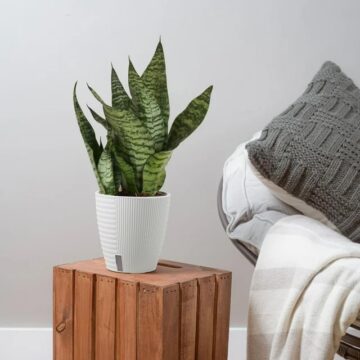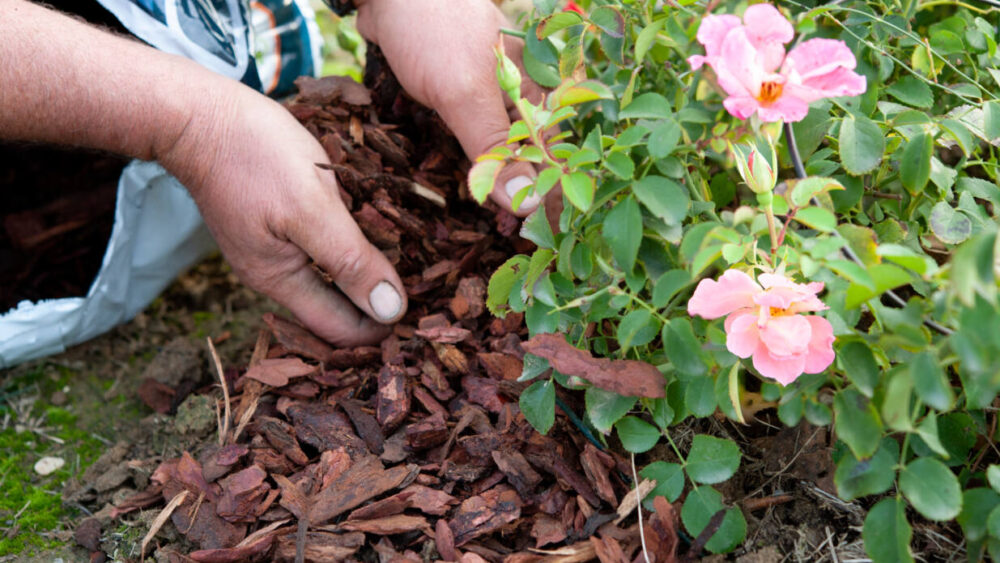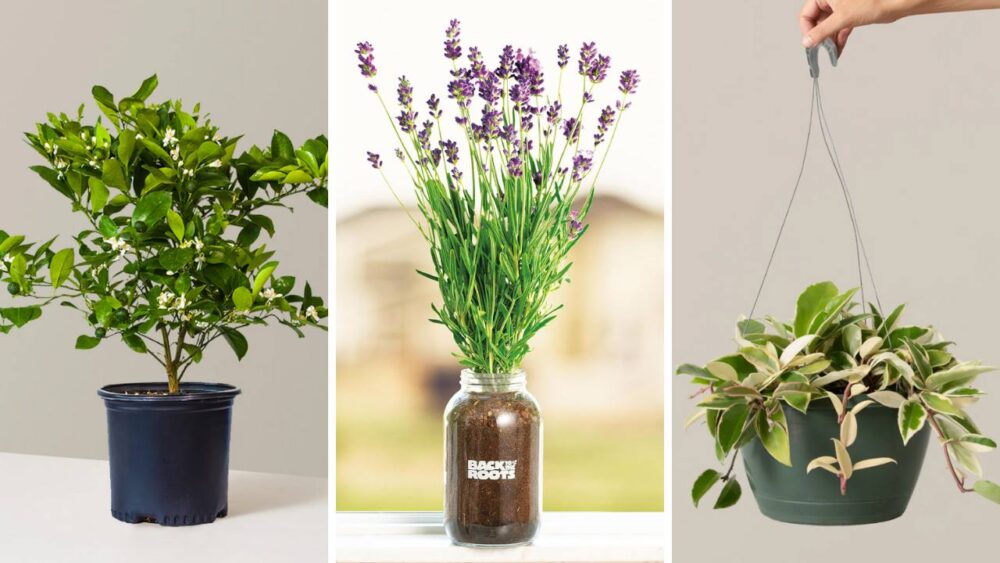Can certain plants help you sleep better?

You’ve probably heard the general advice for getting a good night’s sleep. Keep a consistent schedule, avoid screen time before bed and maintain a dark, calm bedroom. But has anyone suggested that you add plants?
Fact is, if you want to make your bedroom as sleep-friendly as possible, houseplants are a great idea. In ways both concrete and slightly less tangible, they contribute to our overall well-being — including helping with rest. And they are an easy and affordable addition to anyone’s home.
Bedroom Plants and Cleaner Air
To start with, houseplants have a respiratory function (releasing oxygen and absorbing toxins) that literally helps you to breathe easier. A 2022 analysis of numerous studies showed that introducing houseplants into a room can lead to a substantial decline in the concentration of air pollutants. While they aren’t a replacement for dusting, vacuuming and changing your HVAC filters, they will help to keep the air in your bedroom clean.
A plant’s ability to refresh the air depends on several factors.
“How big a plant is, how healthy it is, how much sunlight it’s getting, what kind of nutrients it’s getting through its soil — all those things are going to affect how efficient a plant is at respirating and doing photosynthesis,” says Jessica Warren, an agricultural and natural resources agent at the University of Georgia.
MORE: What is lüften and should you be doing it for better sleep?
In other words, a healthy, well-tended houseplant is going to do the best job at purifying the air. You may want your bedroom to be dark at night, but Warren warns that you should make sure your plants have access to sunlight during daytime hours.
When choosing plants with air purifying qualities in mind, the bigger and leafier the better, and those with waxy, fuzzy or rubbery leaves are most effective. You could also follow the lead of the landmark 1989 NASA study (published by Stennis Space Center) in which researchers studied the air-purifying ability of a dozen common houseplants, including the bamboo palm, snake plant, pothos and English ivy. One of the surprises of the study was discovering that the plants’ roots were converting air pollutants into new plant tissue!
Bedroom Plants and Mental Well-Being
A 2021 review of several studies linked the presence of plants with positive feelings, reduced blood pressure, the lessening of perceived stress and increased pain tolerance — all of which sounds like a formula for a pleasant night’s sleep. These types of studies are an attempt at quantifying something that many people sense intuitively.
“There’s a theory out there called the biophilia theory, which is connected to the naturalist E.O. Wilson,” says Todd Beasley, Ed.D., the director of the Botanic Garden at Georgia Southern University. “[Wilson posited] that deeply embedded within every person on earth is a natural tendency to want to be in the outdoors.”
Of course, our modern lives dictate that most of us spend the majority of our time indoors. “We’ve disconnected ourselves from nature through sedentary lifestyles and technology,” Beasley says. “But [by creating] a plantscape around us, we tap into that general human longing to be connected to nature.”
Best Plants for the Bedroom
As you think about ways to transform your bedroom into a sanctuary for peaceful sleep, consider using the calming qualities of houseplants to enhance the effect. Which bedroom plants to choose? Consider the following houseplants that are associated with overall health and well-being.
Peace Lily
In a 2002 study at the University of Birmingham, researchers tested air purifying abilities in houseplants by exposing them to the pollutant nitrogen dioxide. They found that in some conditions, the pollutant was reduced by as much as 20%. Peace lilies were among the three houseplants they tested.
The glossy green leaves and white flowers of peace lilies may also have a calming effect. In a study released in 2023 on the effect of flowers on feelings of positivity, respondents reported that the most relaxing flower colors were white and blue.
Snake Plant
Warren recommends a snake plant for the bedroom, since it can work its photosynthetic magic even in low-light situations. “There’s lots of different varieties of it, too,” she adds.
As one of the few plants that’s able to convert carbon dioxide into oxygen at night, the snake plant is also among the best houseplants for air purification. It’s a great choice for those who suffer from airborne allergies.
English Ivy
Not only did English ivy make NASA’s list of the best air-purifying houseplants, but a 2016 study found that plants with green-yellow and bright-green leaves brought its subjects feelings of comfort and calmness.
If you mist it often and give it adequate sunlight, an English ivy plant’s leaves will drape gorgeously over your nightstand or windowsill.
Anthurium
An anthurium plant has large leaves and bright, red blooms, which makes it an excellent candidate as a bedroom plant. That’s in light of a 2012 study, in which researchers tested the effects of a plantscape on college students. They found that particular plant colors had specific physiological and psychological benefits to the subjects. Red, yellow, green, purple or white flowers were found to lower people’s blood pressure and heart rate.
Pothos
Pothos plants are another variety named in NASA’s research on plants and air purification. But some Feng Shui experts also say that hanging a pothos plant over one side of a wardrobe promotes a healthy sleep environment. This popular plant also fits in nicely with the biophilic interior design trend, as its exotic-looking leaves are reminiscent of a rainforest.
Monstera
The “Swiss cheese” plant, which is very popular on social media, is another great option for the bedroom. Because it thrives on indirect light and doesn’t take a lot of water, its maintenance is pretty minimal. Beasley, who has a large monstera with giant leaves, jokes that “the majority of my care for it is dusting the leaves.”
Spider plant
With their spindly leaves and pale color, spider plants may not look like powerful weapons in air purification. But in that famous NASA study, researchers found that spider plants were capable of removing 95% of the formaldehyde from a Plexiglas room in 24 hours.
Hopefully, your bedroom is not a formaldehyde-choked chamber, but it’s good to know that whatever toxins are in the air, your spider plant is working to remove them!














